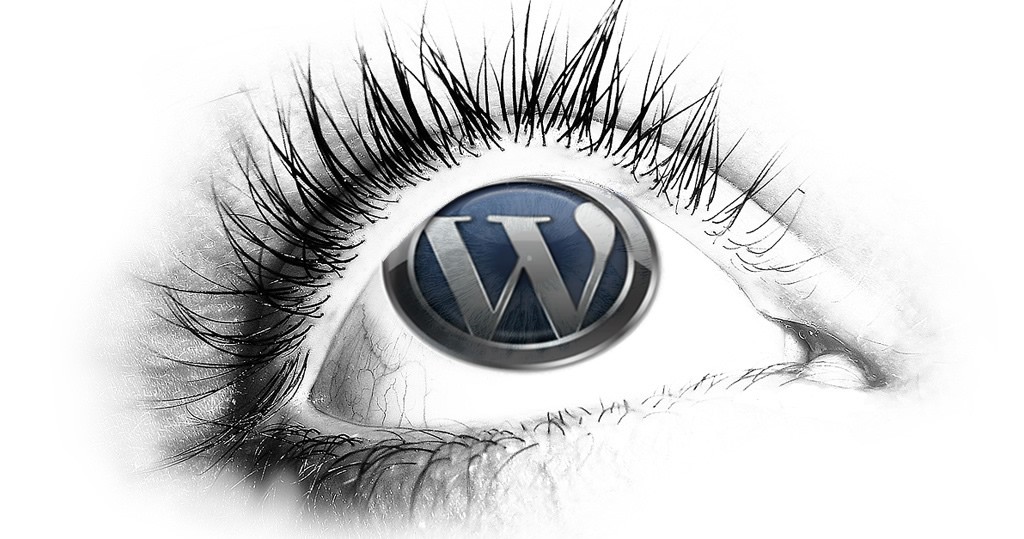The White Screen of Death is one of the most dreaded issues WordPress site owners face. As the name suggests, it occurs when you load your website whether the front end, the admin dashboard, or both and instead of your content, you see nothing but a blank white screen. No error message, no warning, just silence. This makes the WSoD particularly frustrating, because it offers no immediate clue about what’s wrong.
The problem can strike without warning. You might update a plugin, switch a theme, change a line of code, or even perform a core WordPress update and suddenly, your site vanishes into a void. In many cases, it’s caused by a PHP error, a memory limit being reached, or a conflict between plugins and themes. Sometimes it’s just a caching glitch, while in rare cases, corrupted WordPress core files or server configuration issues are to blame.
What makes the WSoD especially tricky is that it can manifest differently. Sometimes it affects only certain pages, sometimes just the admin area, and in other cases, the entire site. This variation can offer hints about where to look first, but only if you know what you’re doing.
The good news is that, while intimidating, the White Screen of Death is almost always fixable and often without losing data. With the right troubleshooting steps, you can identify the cause, apply the solution, and restore your site to normal. In this guide, we’ll walk through seven proven fixes, starting from the easiest and most common causes, moving toward more advanced solutions. Whether you’re a beginner or a seasoned developer, these steps will help you tackle the WSoD with confidence and get your site back online quickly.
1️⃣ Enable WordPress Debug Mode
When you see a White Screen of Death (WSoD), the first priority is to uncover the hidden error causing it. WordPress includes a built-in debugging feature that can reveal detailed error messages in a safe way. To use it, open the wp-config.php file in the root of your WordPress installation and find the line /* That's all, stop editing! */. Just above it, insert:
This configuration turns on debugging, writes errors to a log file (debug.log in the /wp-content/ directory), and prevents them from being shown to visitors — which is crucial for security. By downloading and checking debug.log, you’ll often see the exact plugin, theme, or PHP file responsible. This is far more efficient than guessing or disabling everything at random. Sometimes the log may point to a specific function or syntax error that can be fixed by editing a single line of code. Once you resolve the problem, remember to set WP_DEBUG back to false to avoid leaving debugging enabled on a live site, as that can expose sensitive information to hackers.
2️⃣ Increase PHP Memory Limit
One common cause of the WSoD is that WordPress runs out of allocated PHP memory. Many themes and plugins especially page builders, eCommerce extensions, and media-heavy tools — require more memory than default hosting provides. If PHP memory is exhausted, WordPress simply stops executing code, leading to a blank screen. You can increase the memory limit by editing wp-config.php and adding:
The WordPress White Screen of Death can be alarming, but it’s far from a permanent disaster. In most cases, your site’s data remains safe the issue is simply a matter of resolving the underlying error that’s stopping WordPress from loading properly. By following systematic troubleshooting steps such as enabling debug mode, disabling conflicting plugins, switching to a default theme, and increasing memory limits, you can quickly pinpoint the problem and restore your website. While technical knowledge helps, even beginners can often fix the WSoD by following clear instructions and taking it step-by-step. However, if you’re short on time, unsure about editing core files, or simply want a guaranteed quick fix, professional help can save you stress and downtime.
You can take WPCodex service to fix the WordPress White Screen of Death for only USD $30. This service ensures that your site is diagnosed, repaired, and optimized so the problem doesn’t return. With expert hands on the job, you can have your website back online quickly and running smoothly without risking further issues.
A healthy, stable WordPress site is essential for your business or blog so act quickly when problems arise and keep your site well-maintained to prevent future disruptions.

